

Aluminium & Glass Flex Design CDR File
₹99.00 Original price was: ₹99.00.₹49.00Current price is: ₹49.00.
Aluminium & Glass Flex Design CDR File
CorelDRAW 14 & 20 Version File
With Font
CDR Version 13 & 20 with Font Fully Editable
Color CMYK
siz 12MB
- Note: this design is only for the designers not
- for customers. Customization start from Rs.100
- How to Download:
- https://www.youtube.com/
- Instant Download:
- Your files will be available
- to download once payment is confirmed.
- (instant download items don’t accept returns,
- exchanges, or refunds. Please check all details
- before buying.)
-
- Help Number: call or WhatsApp
- Call us: 6296285862 (9 AM to 6 PM)
- CdrDesign License: Use for personal and
- commercial purposes more info
- Copyright Disclaimer:
- This File is uploaded by
- the user. We do not claim any copyright for
- the content. ( If the contents violate your
- copyright, please email us,
- admin@cdrdesign.in
Aluminium & Glass Flex Design (CDR File Analysis)
The design world is constantly evolving, pushing the boundaries of materials and techniques. One area gaining significant traction is flexible design, particularly the incorporation of aluminium and glass in innovative ways. While the specific details of a “Aluminium & Glass Flex Design CDR File” would require access to the file itself, we can explore the potential concepts and applications such a file likely encompasses.
Understanding the Core Materials: Aluminium & Glass
- Aluminium: Known for its lightweight nature, corrosion resistance, and malleability, aluminium is a versatile material. Its ability to be extruded into various forms makes it ideal for creating complex shapes and structures. In flexible design, aluminium might be used as a supporting framework, a conductive element for integrated electronics, or even as a flexible skin.
- Glass: Traditionally considered brittle, advancements in glass technology have led to the development of thin, flexible glass sheets. These sheets offer the transparency, smoothness, and durability of traditional glass with the added benefit of being able to bend and conform to curved surfaces.
Potential Applications of Aluminium & Glass Flex Design:
A CDR (CorelDRAW) file focused on flexible aluminium and glass design could explore a wide range of applications, including:
- Consumer Electronics: Imagine smartphones with curved displays that wrap around the edges, or flexible tablets that can be rolled up and stored. Aluminium could provide the structural support and shielding, while flexible glass forms the interactive display surface.
- Architecture & Interiors: Flexible glass panels could be used to create dynamic facades that respond to light and temperature, or to construct curved walls and partitions that enhance the aesthetic appeal of interior spaces. Aluminium could act as a flexible framing system for these glass panels.
- Automotive Industry: Integrating flexible displays into car dashboards and windshields could provide drivers with critical information while minimizing distractions. Aluminium could be used for flexible wiring and structural components in these systems.
- Wearable Technology: Flexible sensors and displays embedded in clothing or accessories offer exciting possibilities for health monitoring, personalized entertainment, and augmented reality. Aluminium can provide a lightweight and durable platform for these technologies.
- Renewable Energy: Flexible solar panels made with thin-film solar cells on flexible glass substrates could be deployed on curved or uneven surfaces, maximizing energy capture. Aluminium could be used for the supporting structure and wiring.
Key Design Considerations:
When designing with flexible aluminium and glass, several factors need to be considered:
- Bending Radius: Each material has a minimum bending radius, and exceeding this limit can lead to cracking or failure. The design must account for these limitations.
- Stress Distribution: Bending and flexing induce stress in the materials. The design must distribute these stresses evenly to prevent localized failures.
- Durability & Longevity: The design must ensure that the flexible components can withstand repeated bending and flexing without degradation.
- Thermal Expansion: Aluminium and glass have different coefficients of thermal expansion. The design must account for these differences to prevent stress buildup due to temperature changes.
- Integration with Electronics: If the design involves integrating electronic components, the flexibility of the wiring and connections must be carefully considered.
The Significance of a CDR File in the Design Process:
The use of a CDR file (CorelDRAW) indicates a vector-based design approach. This is crucial for several reasons:
- Scalability: Vector graphics can be scaled to any size without losing quality, making them ideal for creating flexible designs that might need to be adapted to different dimensions.
- Precision: Vector graphics allow for precise control over lines, curves, and shapes, which is essential for creating complex and intricate flexible designs.
- Editability: Vector graphics are easy to edit and modify, allowing designers to quickly iterate on their designs and explore different options.
Conclusion:
The concept of “Aluminium & Glass Flex Design” represents a cutting-edge area with immense potential across various industries. While the specific details of a CDR file with this title would require a closer look, understanding the properties of these materials and the design considerations involved provides a valuable foundation for exploring the possibilities of flexible design. As technology continues to advance, we can expect to see even more innovative applications of flexible aluminium and glass in the years to come, shaping the future of consumer electronics, architecture, and beyond. The CDR file likely represents a step in that direction, showcasing specific design solutions and pushing the boundaries of what’s possible.



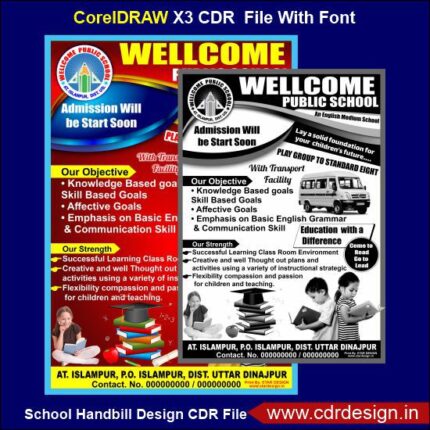
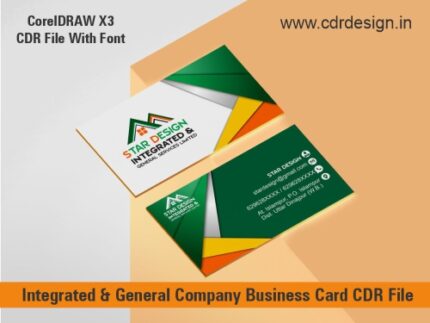




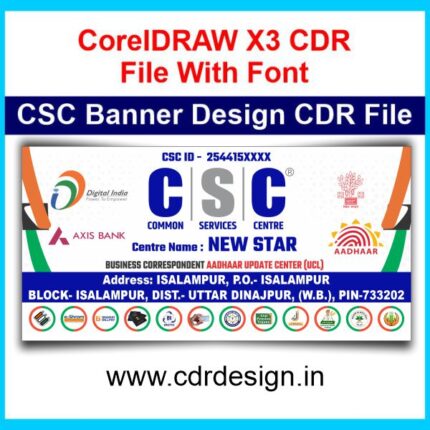
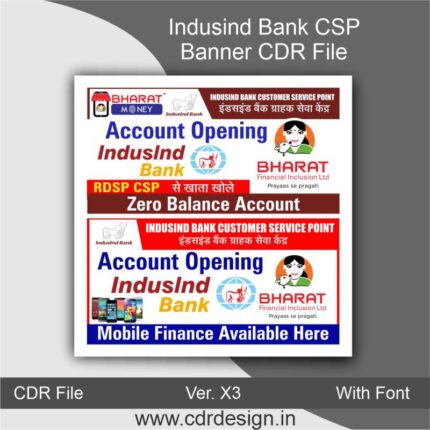

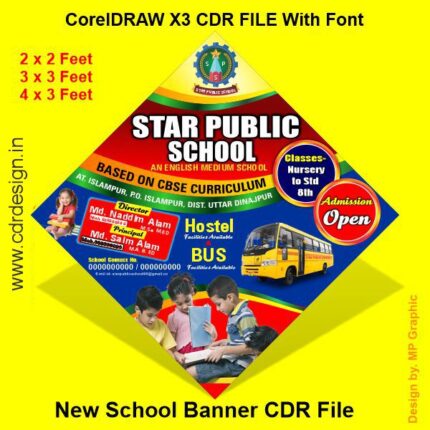

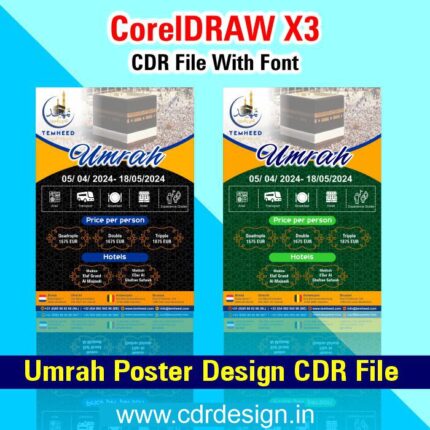
Reviews
There are no reviews yet.